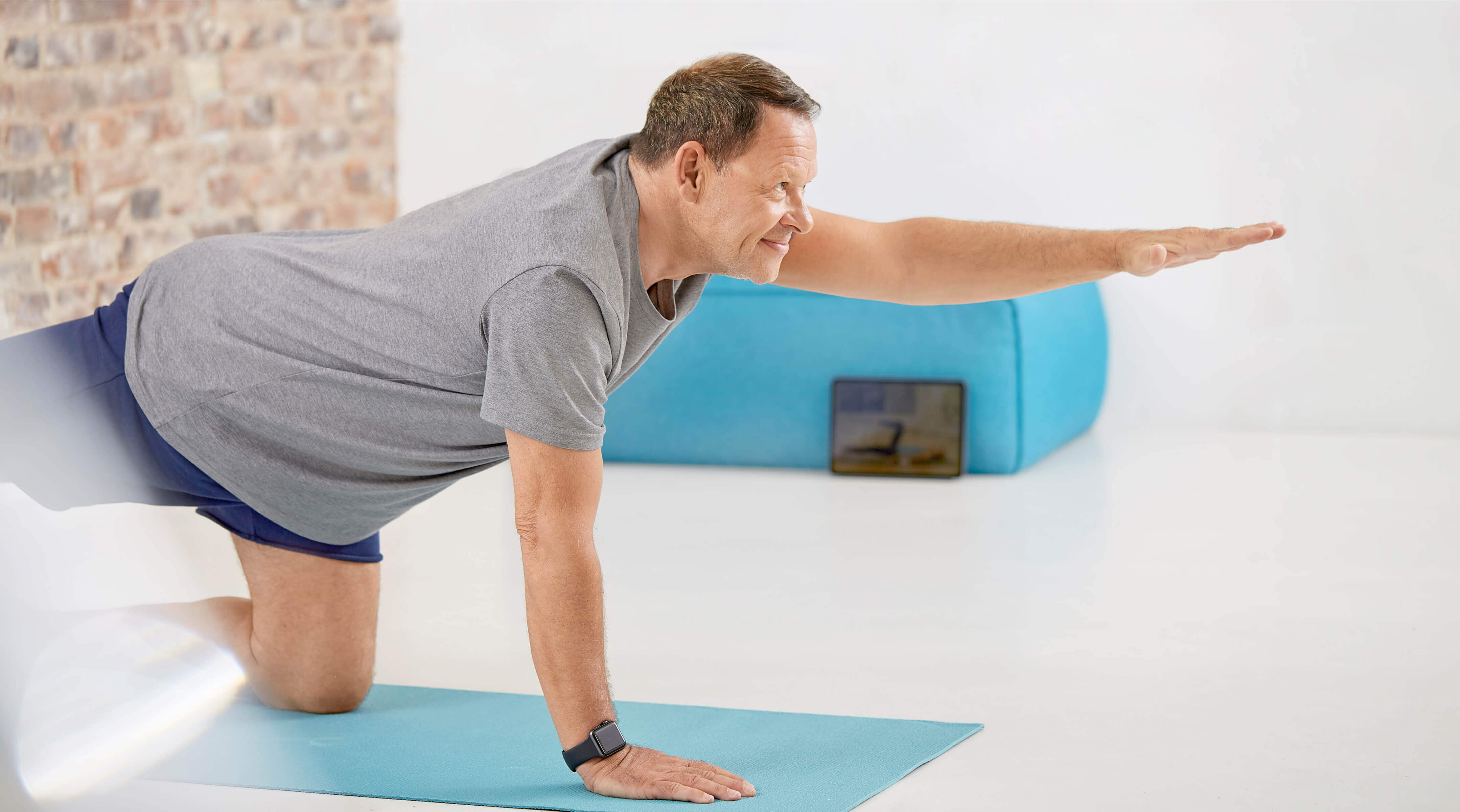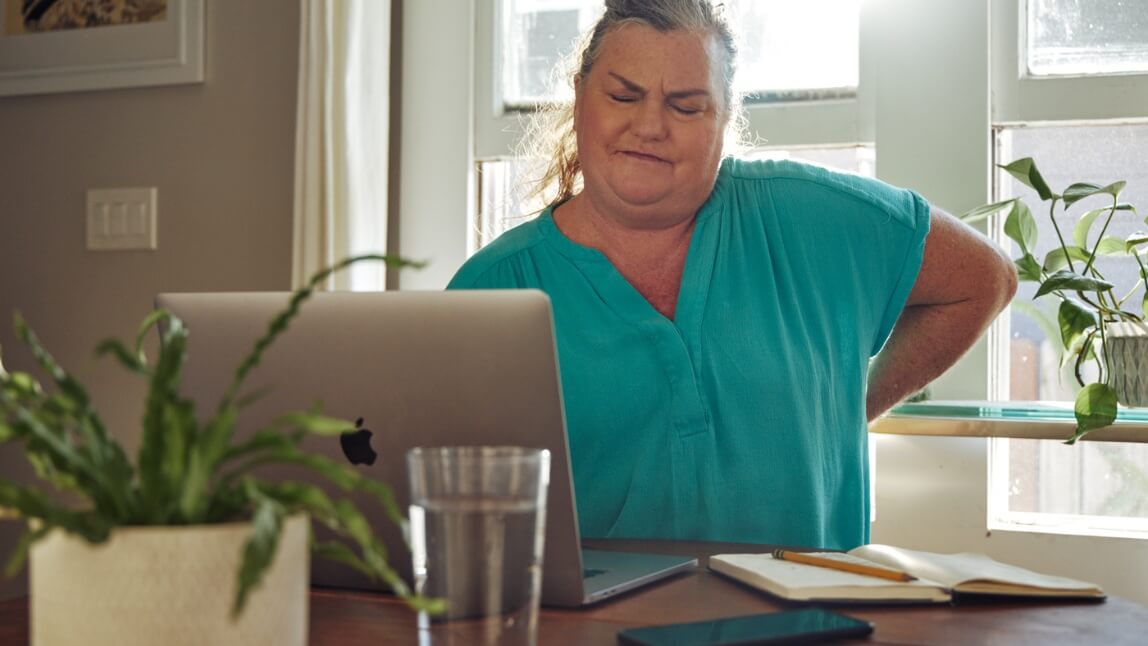
Yoga: An Ancient Practice for Modern Living
Yoga is an age-old practice rooted in tradition. However, it's actually quite well suited for modern life!
5 min read

Further Reading
-
 Back pain and insomnia (difficulty falling asleep or waking too often or early) can easily become a frustrating cycle with one leading into the other. Read on to learn more about this cycle—and how to break it for good.6 min read
Back pain and insomnia (difficulty falling asleep or waking too often or early) can easily become a frustrating cycle with one leading into the other. Read on to learn more about this cycle—and how to break it for good.6 min read -

Coping With Lower-Back Pain Flare-Ups at Home
Back pain can be caused by a combination of factors including poor posture, sedentary lifestyle, muscle imbalances, or even stress. Here are some tips to help you find lower-back pain relief at home.4 min read -

How to Avoid Desk-Related Back Pain
Spending hours seated at a desk can take a toll on your back, neck, and shoulders. If your job requires you to sit for long periods of time, read on for tips and tricks on how to keep your back healthy.5 min read